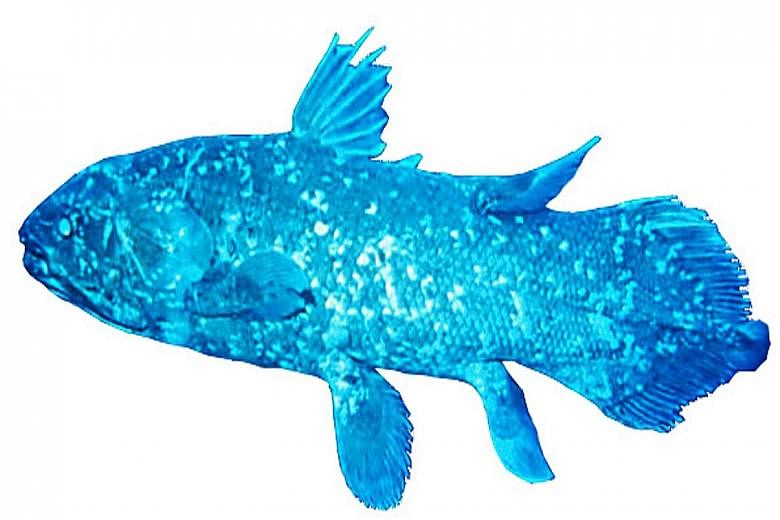Antarctic seas clearing huge amounts of CO2
Defying earlier fears, the Antarctic Ocean has been absorbing increasing amounts of carbon dioxide over the past decade, researchers have found.
The findings upend estimates, put forward a decade ago, that the seas surrounding the continent were approaching a saturation point and would not be able to continue to absorb increasing amounts carbon dioxide from the atmosphere.
Since that time, the amount of carbon dioxide and other greenhouse gases put into the atmosphere by human activity has only grown and, the new research shows, so has the amount of carbon dioxide absorbed by the Antarctic Ocean.
This ocean, also known as the Southern Ocean, accounts for nearly half of the carbon dioxide absorbed by the world's oceans.
"The seas around Antarctica absorb significantly more carbon dioxide than they release. And, more importantly, they remove a large part of the carbon dioxide that is put into the atmosphere by human activities, such as burning fossil fuels," co-author Dorothee Bakker from the University of East Anglia said in a statement announcing the findings.
She noted that the previous suggestions of a saturation point had been surprising at the time and that these new findings show that the Antarctic Ocean "has in fact regained its expected strength".
The study, published in the journal Science, is based on surface water carbon dioxide measurements taken throughout the past decade.
The researchers, led by Dr Nicolas Gruber from Swiss university ETH Zurich, attributed this reinvigoration of carbon dioxide absorption to changes in prevailing weather patterns.
Another study published in the journal Geophysical Research Letters, found a similar uptick in a specific region of the Antarctic seas, the Drake Passage that separates the ice-covered continent from South America.
AGENCE FRANCE-PRESSE
Fish known as 'living fossil' has obsolete lung
The coelacanth, an elusive deep-sea dweller long thought to be extinct, had another item added to an already-long list of unusual physical traits - an obsolete lung lurking in its abdomen.
Similar to the human appendix, the organ was likely rendered defunct by evolution, researchers noted in the journal Nature Communications.
Like all fish, today's coelacanths - referred to as "living fossils" - use gills to extract oxygen from the water they live in. But millions of years ago, coelacanth ancestors probably breathed using the lung, the team concluded.
"By the Mesozoic era, the adaptation of some coelacanths to deep marine water - an environment with very low variations of oxygen pressure - may have triggered the total loss of pulmonary respiration," co-author Paulo Brito of the Rio de Janeiro State University said.
This could explain how it survived the extinction event about 66 million years ago that wiped out non-avian dinosaurs and most other life from earth, and probably the coelacanths inhabiting shallow waters, he said.
It would also account for "the marked reduction" of the lung into its shrivelled present-day form, Prof Brito said in an e-mail.
Coelacanth fossils have been dated to about 400 million years ago, and the fish was thought to have died out towards the end of the Mesozoic era, which stretched from about 66 million to 250 million years ago.
But then one was caught off the South African coast in 1938, earning the coelacanth the title of "Lazarus taxon" - a group of animals "resurrected" from extinction.
A few other individuals have been found since, as well as members of a cousin species off the coast of Indonesia, but the coelacanth is considered endangered.
It is a strange fish in many ways. Key among its quirks, it has paired, "lobe-shaped" fins, which move in an alternating pattern similar to that of a four-limbed land animal - sparking speculation that it may have been a member of a group of fish that crawled onto land to evolve into animals with legs.
The new discovery was based on dissections and scans of infant and adult coelacanth samples, as well as 3D reconstructions, said Prof Brito.
The team found that the dysfunctional lung is proportionally much larger in the coelacanth embryo than the adult, meaning that growth of the organ slows as the fish gets older.
AGENCE FRANCE-PRESSE
Female mice sing to males too during mating
They do not use gondolas or croon like Sinatra. But scientists have known for a long time that male mice belt out something like love songs to females when the time seems right to them.
What they did not know was that female mice were singing back, until now.
Assistant Professor Joshua Neunuebel, from the University of Delaware's department psychological and brain sciences, has developed a sound system and analysis equations that allowed researchers to figure out - with up to 97 per cent accuracy - which sound came from which mouse.
They have discovered that female mice were not just listening to male voices, but they were also singing back.
The system gathered data as four mice - two males, two females - were observed interacting. It often detected vocal exchanges during chases when a male pursued a female.
The data showed that a female that responded vocally to a male's "song" also slowed down, making it easier for the male to catch up. Unresponsive females kept up their pace.
Studying mouse communication and behaviour can produce great insight into brain mechanics and systems, and possibly give researchers valuable insight into how human brains work.
The work could lead to advances in understanding autism and deficits that may exist in the neural circuits of the brain that underlie social communication, said Prof Neunuebel in a statement from the university. "We are just scratching the surface."
Compiled by Samantha Boh

